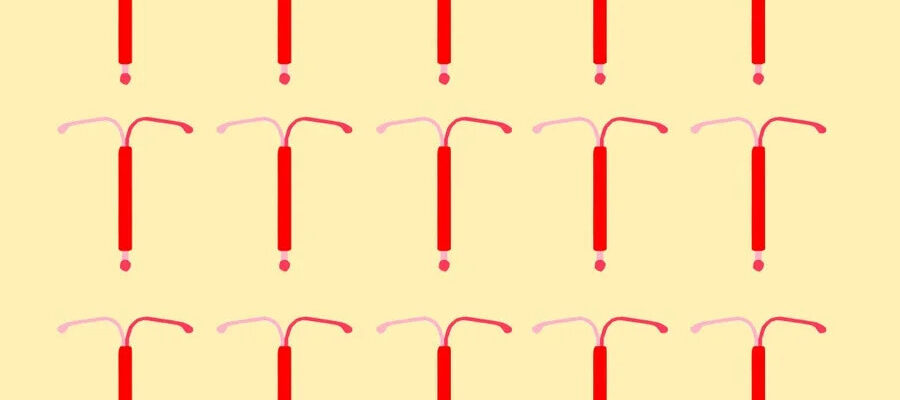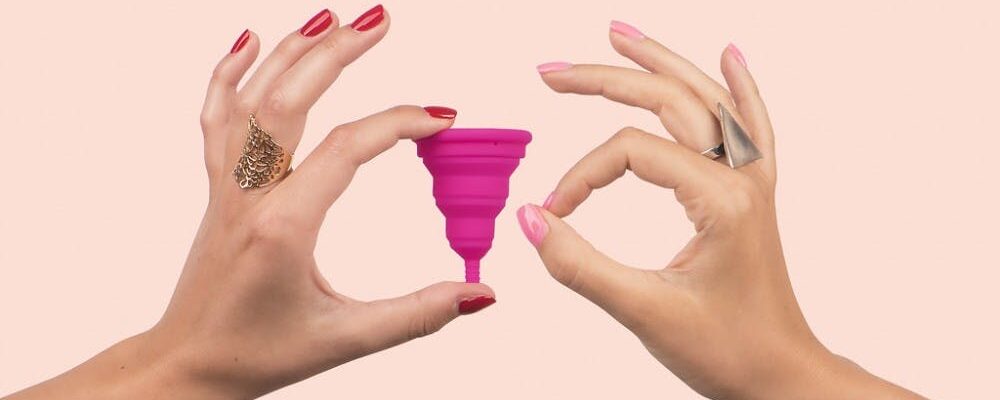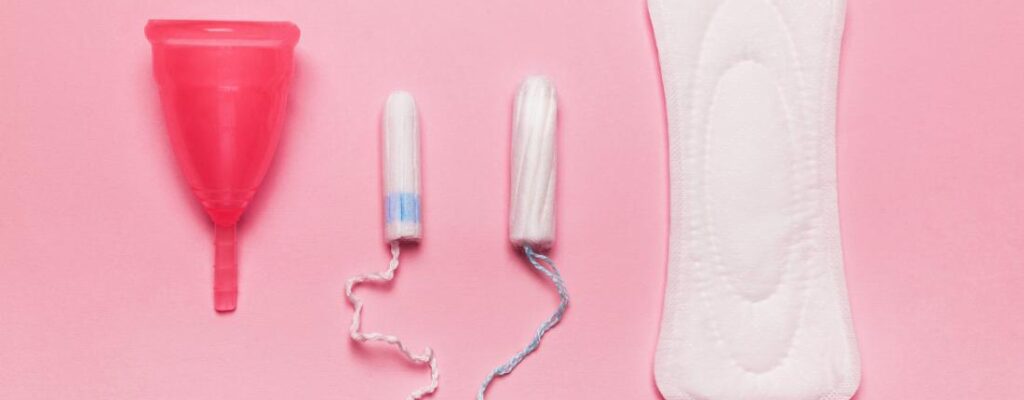Whether you’ve done a deep dive into birth control options or not, you’ve probably heard at least something about IUDs. Intrauterine devices, more commonly referred to as IUDs, have been on the market in the US in some form since the 1960s, but their popularity has fluctuated over the years, largely due to an IUD called the Dalkon Shield (taken off of the market in 1974) which led to more than 300,000 lawsuits by women who had developed infections and eventually became infertile because of this defective device (1). IUD design and safety has changed significantly since then and the number of women using them in the US have increased in recent years (2). Barbara Blizzard, a nurse practitioner at the UT Women’s Health Clinic, attributes the increase in IUD popularity among college-aged people in recent years to two things:
- Increased research shows that IUDs are safe for people who have never given birth
- The Affordable Care Act, which mandates that all insurance plans cover all forms of birth control, including IUDs, which can cost up to $1000 without insurance.
If you are one of the many people who have considered getting an IUD in recent years, you may have some questions about them. Here’s a guide to help you decide whether or not an IUD could be right for you!
How do IUDs work?
The method by which IUDs work depends on the type of IUD (more on that later). Hormonal IUDs work the same way that other hormonal forms of birth control do: they slowly release progestins (the same hormone present in several types of birth control, such as the mini-pill, the birth control shot, and Nexplanon, the birth control implant) into your body to stop ovulation and thicken the cervical mucus, both of which reduce the chance of pregnancy. Non-hormonal IUDs don’t prevent ovulation; instead, they work by releasing a small amount of copper ions, which create a hostile environment for sperm (3). It is important to note that no IUD protects against STIs; always use a condom to protect against STIs (3). There are two main types of IUDs: hormonal and non-hormonal. In the US, there are four different hormonal IUDs available: Mirena and Liletta, which are effective for six years, Kyleena, which is effective for five years, and Skyla, which is effective for three years (4,5,6,7). Mirena and Liletta both have the highest hormone levels, and Skyla has the lowest amount of hormone. There is one non-hormonal IUD, the ParaGard, which lasts for ten years. All IUDs available in the US are flexible and shaped like a T; they sit completely in the uterus, with strings that go through the cervix to allow for removal2.
Why might you consider an IUD?
IUDs are incredibly effective; both hormonal and non-hormonal versions are over 99% effective at preventing pregnancy (3). They are also essentially no-maintenance. Once they are placed, all you have to do is check the strings on the IUD every once in a while by feeling for the strings around your cervix. Since you don’t need to remember to take a pill at the same time every day, the risk of user error is very low. Several of the hormonal IUDs will decrease bleeding and pain during your period, and the copper IUD is a great option for people who don’t want hormonal forms of birth control.
What are some drawbacks of an IUD?
IUD insertion is not a painless procedure. Insertion “is brief but intense,” Blizzard said, explaining that the uterus is a “formidable muscle” that naturally resists the process of IUD insertion. Both types of IUDs have side effects; the copper IUD can lead to heavier and more painful periods, and the side effects possible with other types of hormonal birth control still apply to hormonal IUDs, such as impacts on mood. Some side effects, such as spotting or irregular bleeding, go away after a few months, but can persist longer in some people. There are also a few risks associated with IUDs, just as with any other form of birth control; there is a small chance that your body may expel the IUD, usually within the first few months of having it, and there is a smaller chance that one of the arms of the IUD could become embedded in your uterine wall (3). Additionally, with IUDs, your choice of menstrual products is slightly more limited. Many people are advised not to use menstrual cups if they have an IUD because the suction might pull it out, and a recent study found that women who use menstrual cups had higher than usual rates of IUD expulsion (8).
Who might not benefit from an IUD?
If you’ve responded poorly to hormones in the past, hormonal IUDs might not be your first choice. Additionally, non-hormonal IUDs can increase bleeding and pain during periods. “For someone who already has heavy periods or significant cramping, [they] might not choose to try the copper IUD, because that may enhance that,” Blizzard said. Another factor that can influence your ability to get an IUD is something you may not be aware of: if you have a small or irregularly shaped uterus, you may not be able to get T-shaped IUDs, which are the only option available in the US. Several pre-existing conditions may also factor into your decision and your healthcare provider will be able to advise you best on your contraceptive options. Without insurance, IUDs can be a tough financial choice. While they last for many years, the up-front cost can be very high without insurance.
What if I don’t want my IUD anymore?
IUDs must be removed by a healthcare professional, but this is a very simple procedure that is typically significantly less painful than the insertion process. IUDs can be removed at any time, and your fertility can return immediately, or you can switch to another form of birth control2.
So, is an IUD right for me?
It might be! It also might not be. “You have to look at yourself, and [look] at what gives you the most concern, and what seems to add the most benefit,” Blizzard advised. IUDs, like any other form of birth control, have both pros and cons, and no two people will have the same experience.
When I started looking at birth control options, I was drawn to the ParaGard copper IUD, because I had never used hormonal birth control before and didn’t know how it would affect me. I had it for a year, but it caused extremely painful cramps that I had never previously experienced, and so I eventually chose to get it removed and switched to birth control pills. I am open to getting a different IUD in the future, but for the time being, I like having a completely predictable period. This is simply my personal experience, though, and every body is different, so you may have a completely different experience with an IUD, no matter which one you choose.





